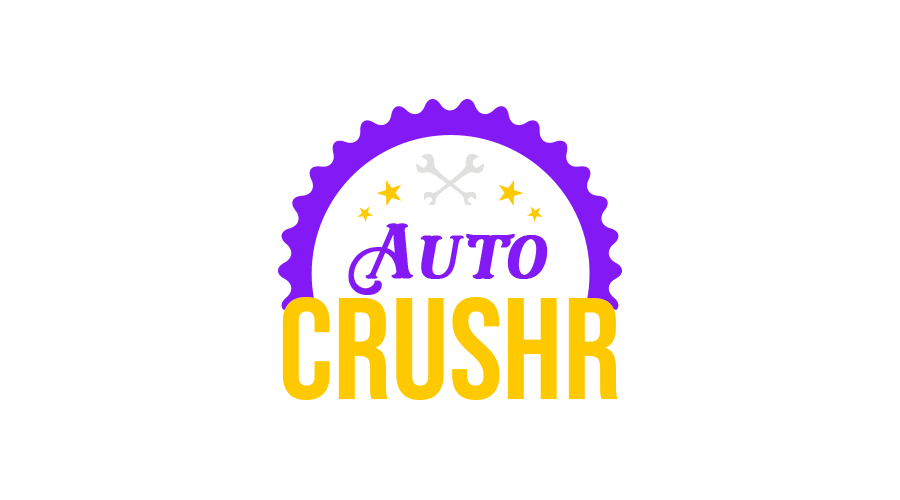Managing cash flow is crucial for small business success. It involves tracking the money coming into and going out of your business, ensuring you have enough cash on hand to cover expenses. This article explores key aspects of small business cash flow, offering tips and strategies for maintaining financial stability.
Understanding Cash Flow
Cash flow is the movement of money in and out of your business. It’s different from profit, which is the difference between revenue and expenses. Positive cash flow means your business has more money coming in than going out, allowing you to meet financial obligations and invest in growth.
Importance of Cash Flow Management
Effective cash flow management is essential for several reasons:
- Operational Efficiency: Ensures you can pay suppliers, employees, and other expenses on time.
- Financial Stability: Helps avoid insolvency and keeps your business solvent.
- Investment and Growth: Provides the funds needed for expansion, new equipment, or marketing.
- Emergency Preparedness: Builds a cushion for unexpected expenses or economic downturns.
Common Cash Flow Challenges
Small businesses often face several cash flow challenges, including:
- Seasonal Fluctuations: Businesses with seasonal peaks and troughs may struggle during off-peak times.
- Delayed Payments: Late payments from customers can disrupt your cash flow.
- High Overhead Costs: Fixed costs like rent and salaries can drain cash reserves.
- Poor Financial Management: Lack of financial planning and monitoring can lead to cash flow problems.
Strategies for Improving Cash Flow
Here are some practical strategies to enhance your Small Business Cash Flow:
1. Monitor Cash Flow Regularly
Regularly review your cash flow statements to understand your financial position. Use accounting software to track income and expenses in real-time.
2. Improve Receivables
Encourage customers to pay promptly by:
- Offering discounts for early payments.
- Sending invoices immediately after the service or product delivery.
- Following up on overdue payments with polite reminders.
3. Manage Payables Wisely
Extend payment terms with suppliers if possible, but avoid late fees. Prioritize payments based on due dates and negotiate better terms when you can.
4. Control Expenses
Review your expenses regularly and cut unnecessary costs. Look for cost-effective alternatives and renegotiate contracts with vendors to reduce expenses.
5. Maintain a Cash Reserve
Building a cash reserve helps cushion against unexpected expenses and lean periods. Aim to save enough to cover at least three to six months of operating expenses.
Cash Flow Forecasting
Cash flow forecasting predicts future cash inflows and outflows, helping you plan for potential shortfalls. Here’s how to create a basic forecast:
- Estimate Inflows: Project future sales, considering seasonal trends and customer payment patterns.
- Estimate Outflows: List all expected expenses, including fixed and variable costs.
- Analyze the Gap: Compare inflows and outflows to identify periods where you might face a cash deficit.
- Adjust Accordingly: Plan to increase inflows (e.g., boost sales) or decrease outflows (e.g., cut costs) during deficit periods.
Utilizing Financial Tools
Various financial tools can assist in managing cash flow:
- Accounting Software: Tools like QuickBooks or Xero offer features to track and forecast cash flow.
- Cash Flow Calculators: Online calculators help you estimate your cash flow needs.
- Financial Advisors: Professional advice can provide insights and strategies tailored to your business.
The Role of Financing
Sometimes, external financing is necessary to manage cash flow effectively. Options include:
- Short-term Loans: Ideal for covering temporary cash shortfalls.
- Business Lines of Credit: Provides flexible access to funds as needed.
- Invoice Financing: Sell outstanding invoices to a lender to receive immediate cash.
Conclusion
Effective cash flow management is vital for the sustainability and growth of small businesses. By monitoring cash flow, managing receivables and payables, controlling expenses, and using financial tools, you can ensure your business remains financially healthy. Remember, proactive cash flow management not only helps in surviving tough times but also positions your business for long-term success.



